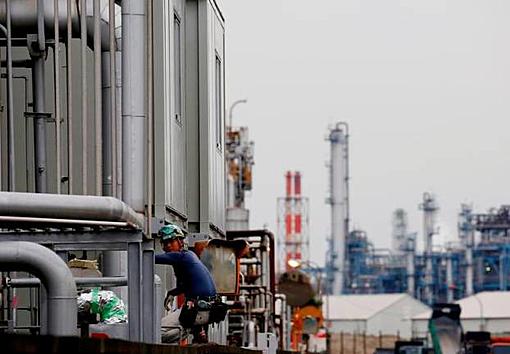Asian factories ramped up production in slotxo โหลด March as resilient global demand helped manufacturers overcome the setback of the epidemic, although rising costs created new challenges for businesses in the region. region A series of fast-paced plant surveys released Thursday underscore market optimism that the vaccine launch, as well as strong growth in global power plants such as the United States and China, will help the economy sting. Slump in 2020
Japan and South Korea saw factory activity expand in March due to stable demand both at home and abroad, the Purchasing Managers' Index (PMI) showed, helping alleviate the pressure on policymakers faced with pressure to accelerate their growth. Quick recovery South Korean manufacturers have continued to signal optimism as the introduction of the COVID-19 vaccine begins and demand for new products has accelerated," said IHS Markit economist Usamah Bhatti.
China's factory activity in March expanded at the slowest in nearly a year, although the underlying economy remained positive.The Caixin / Markit manufacturing PMI index, which is aimed at smaller firms, fell to 50.6 in March from 50.9 in February, lacking market expectations.The private sector survey came after the official release of manufacturing PMI on Wednesday showed Chinese factories speeding up production after the break during the Lunar New Year holiday.Activities in large economies that rely on exports are at a rapid pace.
Au Jibun Bank Japan's PMI last rose to a seasonally adjusted 52.7 in March from the previous month's 51.4 reading, the fastest expansion since October 2018.South Korea's PMI stood at 55.3 in March, with activity expanding for the sixth straight month.Manufacturing activities are also accelerating in Taiwan, Vietnam and Indonesia, the March PMI survey showed. Malaysia's activity continued to decline but slowed down.There were some signs of rising firm prices that were depressing the Asian economic outlook.
Although the supply chain disruption associated with the previous COVID-19 outbreak has eased, a Chinese Caixin survey found that factories reported a sharp increase in input costs.We should focus on future inflation as the measure of import and export prices has been rising for months," said Wang Zhe, senior economist at Caixin Insight Group.Increasing inflationary pressures limit future policy areas and are not good for sustained economic recovery in the post-epidemic"




 LinkBack URL
LinkBack URL About LinkBacks
About LinkBacks

 Reply With Quote
Reply With Quote








